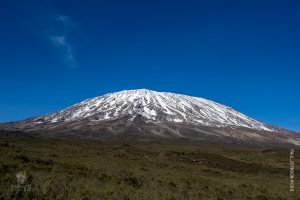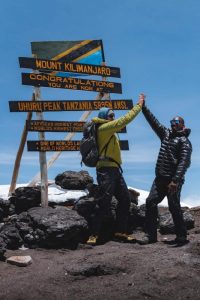Understanding the Expenses of Climbing Kilimanjaro
Climbing Mount Kilimanjaro, the highest peak in Africa, is a dream for many adventure seekers. However, the cost of this once-in-a-lifetime experience can vary greatly depending on several factors. It is essential to understand the expenses involved in climbing Kilimanjaro to adequately prepare for the journey.
The average cost of climbing Kilimanjaro typically includes the following expenses:
-
Park fees: Climbing Kilimanjaro requires paying park fees, which can vary depending on the route chosen and the number of days for the trek. These fees go towards conservation efforts and maintaining the national park.
-
Guide and porter fees: To ensure a safe and successful climb, it is recommended to hire experienced guides and porters. These fees cover their services, including assistance with navigating the terrain, setting up camp, and carrying equipment.
-
Accommodation: During the climb, trekkers will stay in tents at various campsites along the route. The cost of accommodation may vary depending on the level of comfort and services provided.
-
Food and water: Proper nutrition and hydration are crucial for a successful climb. The cost of meals and water supplies is typically included in the overall trekking package.
-
Equipment rental: Some climbers may need to rent or purchase specific gear and equipment for the climb, such as sleeping bags, trekking poles, and warm clothing. These costs should be factored into the total budget.
-
Travel expenses: Getting to Kilimanjaro National Park, located in Tanzania, may involve additional travel expenses such as flights, transportation, and accommodation before and after the climb.
Factors Affecting the Average Cost of Kilimanjaro Trek
Several factors can influence the average cost of climbing Kilimanjaro, making it essential for climbers to plan and budget accordingly.
-
Route choice: Kilimanjaro offers several different routes, each varying in difficulty, duration, and cost. Popular routes like the Machame and Marangu routes tend to be more affordable, while less-traveled routes like the Lemosho and Northern Circuit routes may come with a higher price tag.
-
Group size: Climbing Kilimanjaro as part of a larger group can help reduce costs as expenses like guide and porter fees can be shared among participants. On the other hand, solo or private climbs may be more expensive due to individual service costs.
-
Season: The cost of climbing Kilimanjaro can fluctuate depending on the time of year. Peak climbing seasons, such as the dry season from June to September or January to March, may come with higher prices due to increased demand.
-
Operator choice: Choosing a reputable and experienced tour operator, such as Sunset Africa Safari, can ensure a safe and well-organized climb. While operators differ in price, it is essential to prioritize quality and safety over cost.
In conclusion, climbing Kilimanjaro is a memorable and rewarding experience that comes with a price tag. By understanding the expenses involved and considering the factors that affect the average cost, climbers can adequately prepare for this challenging adventure. For booking requests and more information on climbing Kilimanjaro with Sunset Africa Safari, please contact info@sunsetafricasafari.com.



